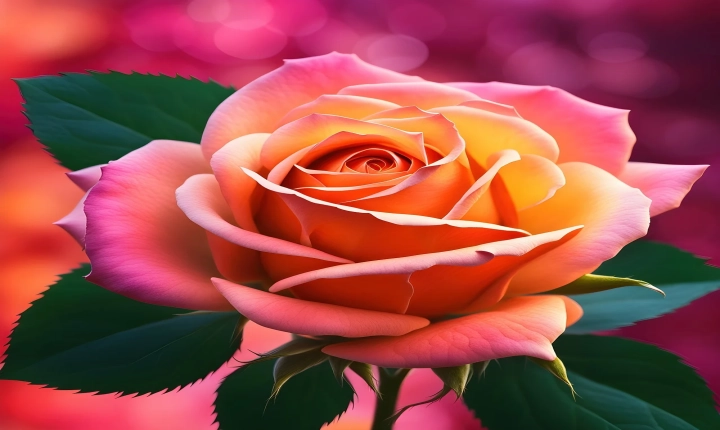Title: How to Generate Better AI Art: Techniques and Tips
Artificial Intelligence (AI) is revolutionizing the way we create and consume art. AI has the ability to autonomously generate art, often in the form of images, music, or even poetry. AI art has gained popularity in recent years, with artists and technologists exploring the potential of AI as a creative tool. However, the quality of AI-generated art can vary widely, and there is a constant pursuit to improve and refine the output. In this article, we will explore some techniques and tips on how to generate better AI art.
Understand the Data: One of the most critical factors in generating high-quality AI art is the quality of the data used to train the AI model. The AI system learns from the data it is exposed to, so it’s essential to curate a diverse and high-quality dataset. For visual art, this could include a wide range of images, styles, and compositions. For music, the dataset could consist of various genres and musical compositions. The quality and diversity of the dataset directly influence the AI’s ability to generate art.
Fine-tune the Model: After training the AI model with the dataset, it’s important to fine-tune the model to achieve better results. This can be done by adjusting the model’s parameters, such as the learning rate, network architecture, and training duration. Fine-tuning the model helps to optimize its performance and enhance the quality of the generated art.
Incorporate Feedback Loops: Incorporating human feedback into the AI art generation process can significantly improve the quality of the output. By allowing artists to interact with the AI-generated art and provide feedback, the AI model can learn from human preferences and refine its output accordingly. This iterative process of generating art, receiving feedback, and refining the model can lead to better and more personalized AI-generated art.
Explore Generative Adversarial Networks (GANs): GANs are a type of AI architecture that consists of two neural networks, a generator, and a discriminator, which are trained simultaneously. The generator creates art, while the discriminator evaluates the quality of the generated art. GANs have been successful in generating high-quality art, as the competition between the generator and discriminator leads to the creation of more realistic and sophisticated art.
Combine AI with Human Creativity: While AI has the potential to autonomously generate art, combining AI with human creativity can lead to even more compelling results. Artists can use AI as a tool to augment their creative process, leveraging the unique capabilities of both AI and humans to generate art that is both innovative and impactful.
Embrace Ethical and Responsible AI Art: As AI art becomes more prevalent, it’s important to consider the ethical implications of using AI to create art. Ensuring that AI-generated art is respectful, inclusive, and aligned with ethical standards is crucial. Furthermore, transparency in acknowledging the role of AI in the creative process and giving credit to the creators of the original training data is essential in the ethical use of AI in art.
In conclusion, the generation of better AI art requires a combination of quality data, model optimization, human feedback, advanced AI techniques, and ethical considerations. By leveraging these techniques and tips, artists and technologists can continue to push the boundaries of AI art and create compelling, innovative, and ethical AI-generated art. As AI technology continues to advance, the potential for AI art to transform the creative landscape is boundless.
